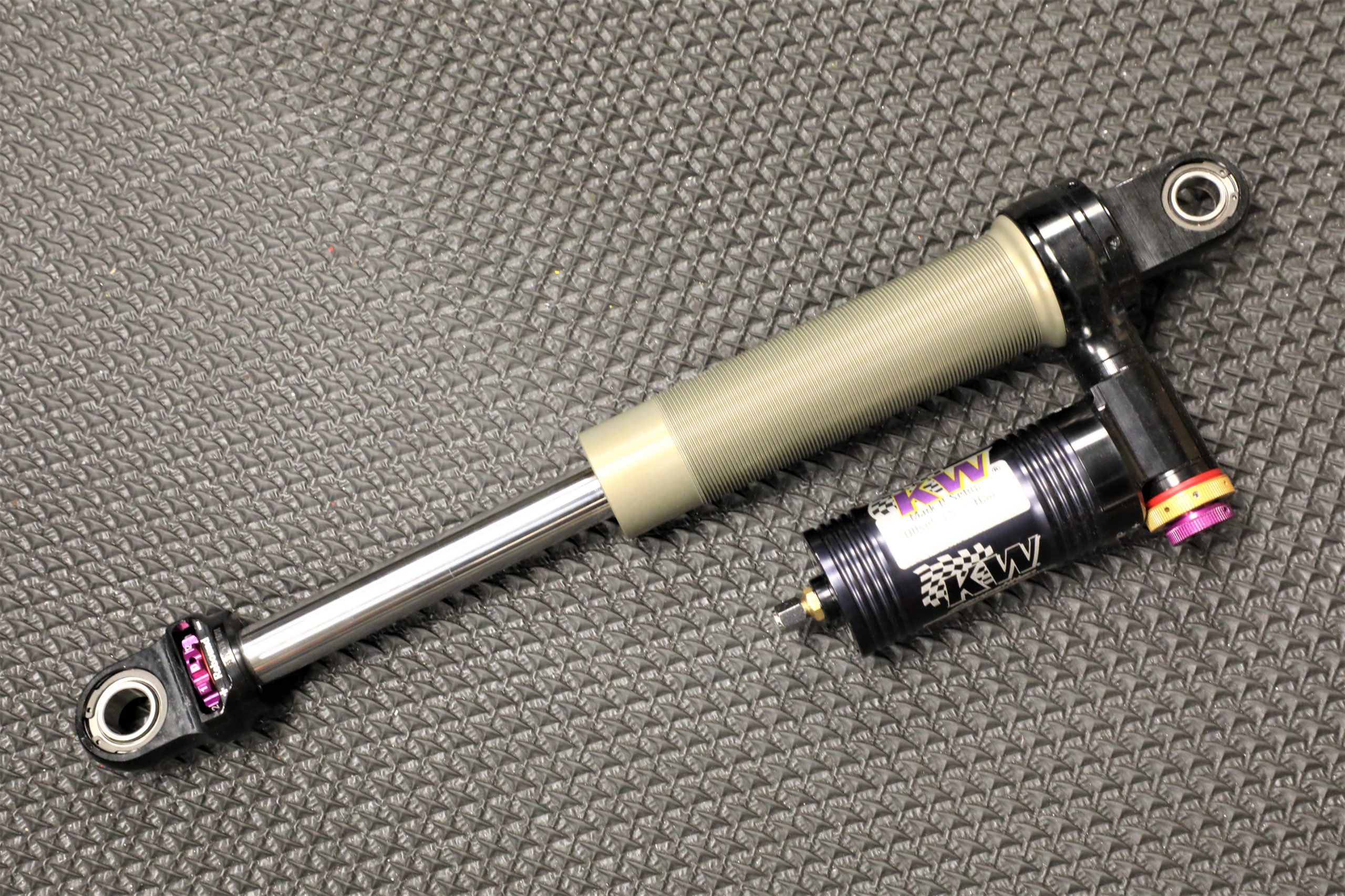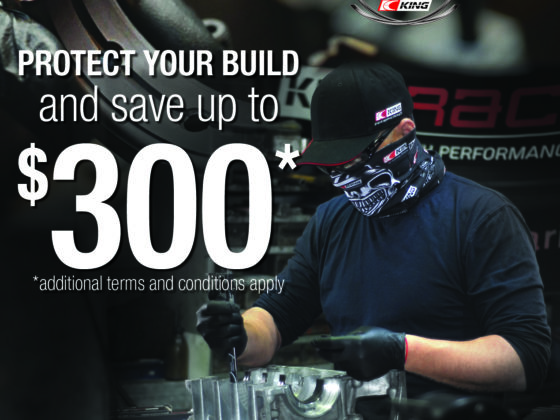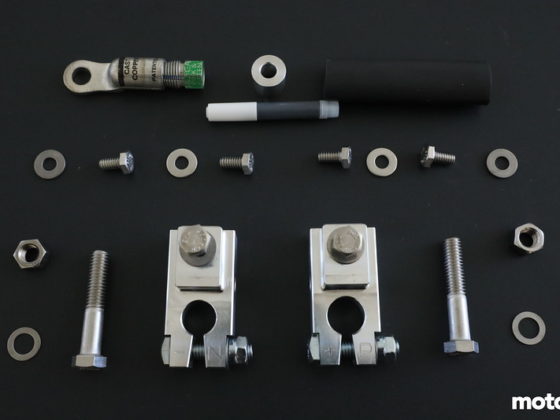

This EXR shock is a typical Motorsports 3-Way adjustable damper with a piggyback remote reservoir. The damping adjustments are high and low speed compression and rebound which mostly affects low speed rebound. Low speed damping is forces created by the shock in the shaft velocity range of 0-2.5 or so inches per second. Low speed damping mostly affects body motion like roll, dive and squat. High speed damping is at shaft velocities above this and mostly affects bump response and some transients.

So let’s dive in. Here is the EXR compression valving of the KW Motorsports damper pictured above. The parts are laid out as they are assembled into the shock body. The EXR valves are compact and fairly simple. The simplicity belies the fact that these parts are finely machined to very close tolerances and are very expensive to produce. This precision is needed because to have good control of low speed damping, a lot of control force has to be generated and adjusted very precisely with a super low volume of fluid flow.

Here is the valves laid out with the high and low speed circuits separated. The high speed circuit is on top and the low speed circuit is on the bottom.

Lets start with the manifold. It screws into the shock body and the remote reservoir screws into the other side of it. Its job is to transfer fluid between the shock body and the reservoir and hold the compression valves. The fluid flow to the remote reservoir is generated by the displacement created by the shock shaft as it get pushed into the shock body.




8 comments
I’m going to have to do some napkin drawings after I’ve had enough coffee; I’m not saying anything against them, but some of the ways KW do things are very different than I’m used to.
The low speed is much like any other shock, via a needle valve. The high-speed short travel fast response valves are certainly different than your traditional deflecting disc, poppet or spool valves.
The execution of the needle valve is a lot different though even if it works similarly.
The high speed blowoff stuff reminds me a bit of the Penske regressive valve in terms of how the closing shim moves (not the port shape interaction, just the shim moving straight with a spring preload vs deflecting); I’d expect kind of a sharper divide between high speed adjustments and low speed on that vs the conventional style of high speed adjustment… like the shim stack varying preload is going to open more and more with flow while KW’s should, once the pressure hits whatever value, open a lot more area all at once. KW’s method seems like it’d be more sensitive to manufacturing tolerances on the bellville setup but obviously they have it working.
This stuff really is fascinating to me – I mean it’s all “a pressure sensitive valve that changes its open area” but the number of ways to do that is huge.
Yeah it’s more of a reverse needle.
Does KW have a prevalved set of shocks that would work on my Subaru Legacy that I could order for our local timed rally cross events in Sonoma Calif? My Legacy has 1032 whp and 888 ft lbs of torque and currently weighs 2550 lbs with me in the seat.
KW ERX shocks are from their Motorsports line and are made to order. They could certainly build you a set of shocks. Man, tell us more about your car, that seems worthy of a MotoIQ feature!
Any interest in building a mono shock for flat track motorcycle racing? 92 RWHP, 750 cc, 325 pounds, spec tire. Currently using Penske.
Ohlins might have an application using through-shaft solid piston technology.